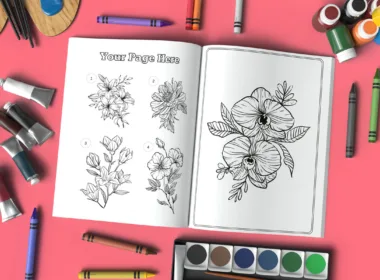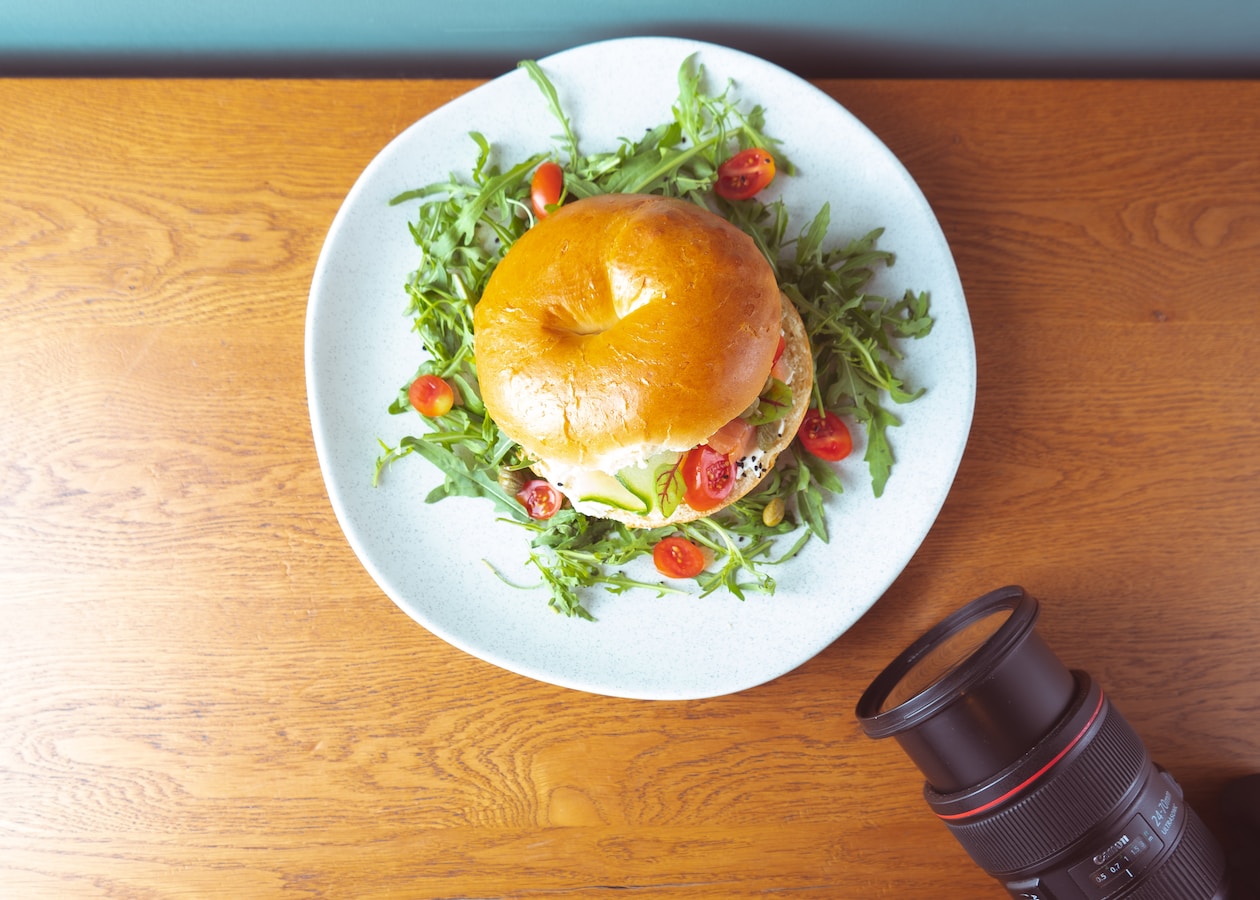Introduction
Food photography is an art that not only captures the delectable essence of dishes but also evokes a sense of delight and craving in viewers. In this blog post, we will explore essential tips and techniques to elevate your food photography skills and create stunning images that showcase the irresistible beauty of culinary creations.
Mastering Lighting Techniques
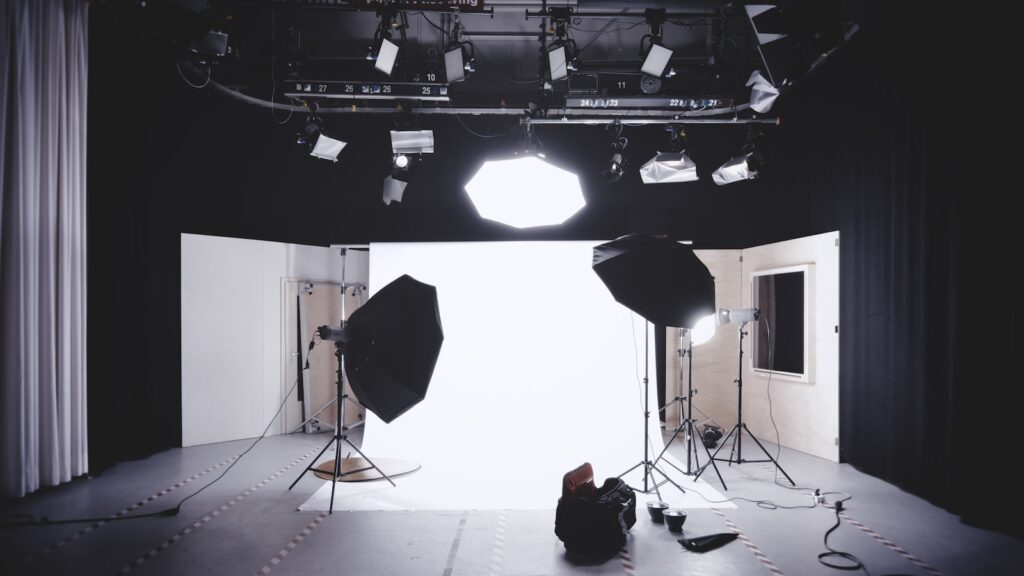
Natural Light Magic
To begin with, harness the soft, diffused light of the golden hour or place your setup near a window to accentuate the colours and textures of your food subjects.
Artificial Light Play
In addition, experiment with artificial lighting setups, such as diffusers and reflectors, to effectively control shadows and highlights, achieving a more professional and enticing look.
Composition and Styling
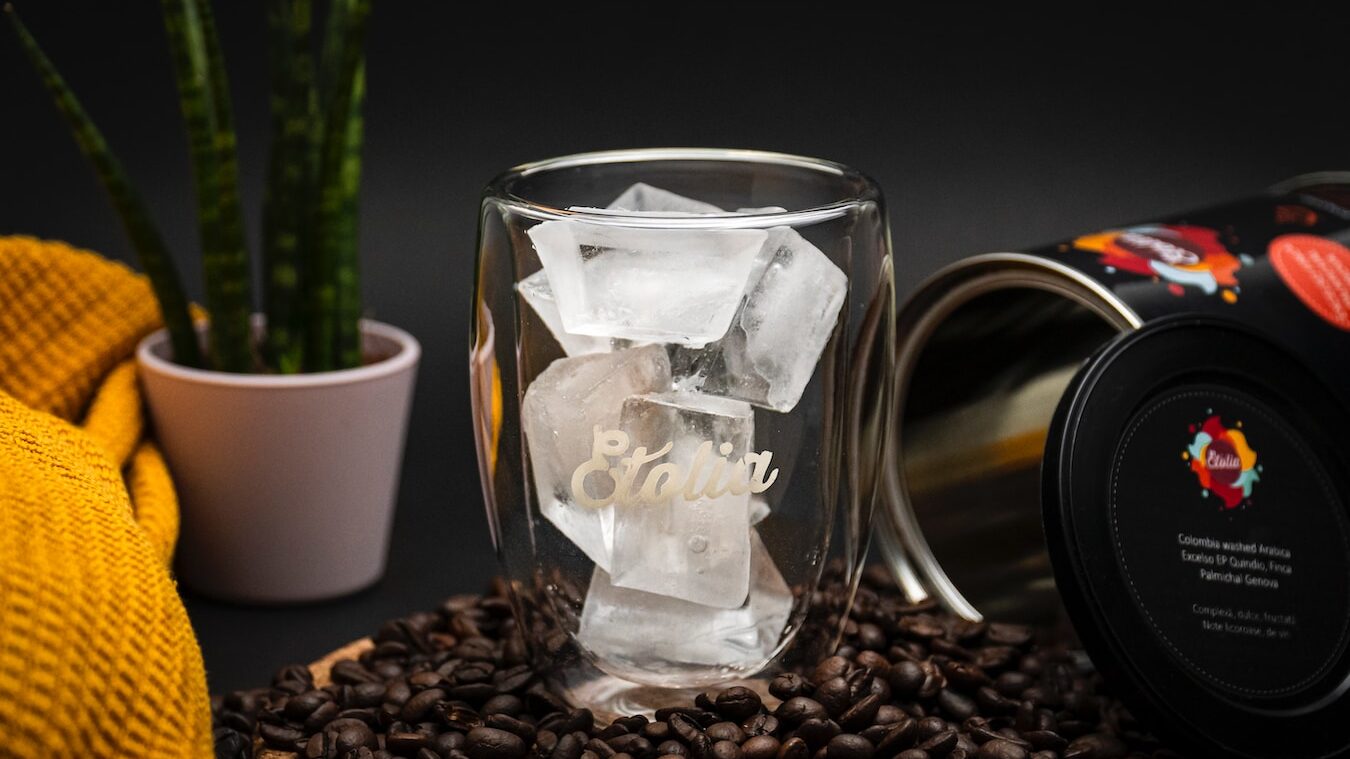
Rule of Thirds
Furthermore, apply the rule of thirds to compose visually balanced and captivating food images. By placing your subject off-centre, you can add dynamism and visual interest to the shot.
Props and Background
Incorporate complementary props and textured backgrounds to enhance the mood and storytelling of your food photography. By experimenting with different elements, you can create a unique style for each dish.
Focus on Details
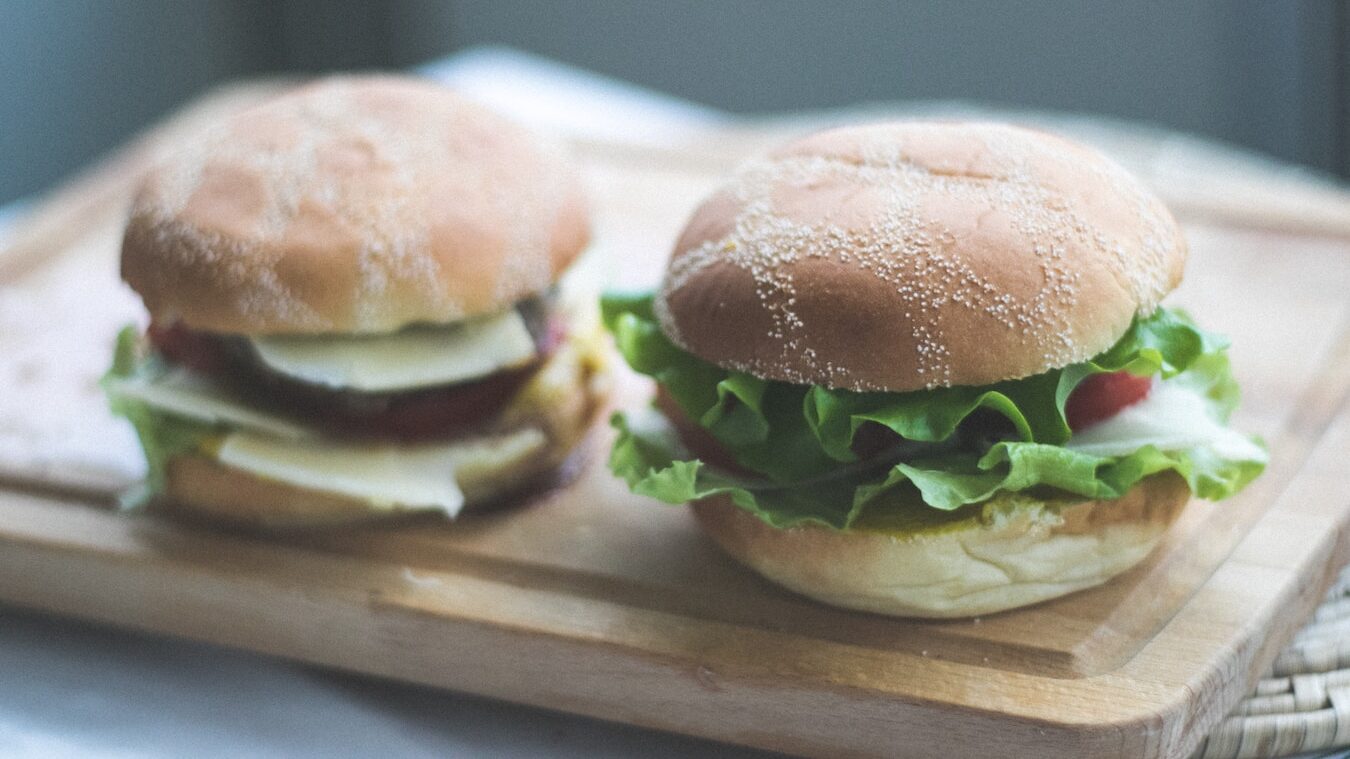
Close-Up Shots
Notably, capturing intricate details like droplets of sauce, crumbs, or steam rising from hot dishes will make your audience feel intimately connected to the food. This technique brings out the textures and enhances the overall appeal.
Depth of Field
Additionally, playing with shallow depth of field (low f-stop numbers) allows you to create a pleasing background blur, drawing attention to the main subject and separating it from the background.
Tell a Story
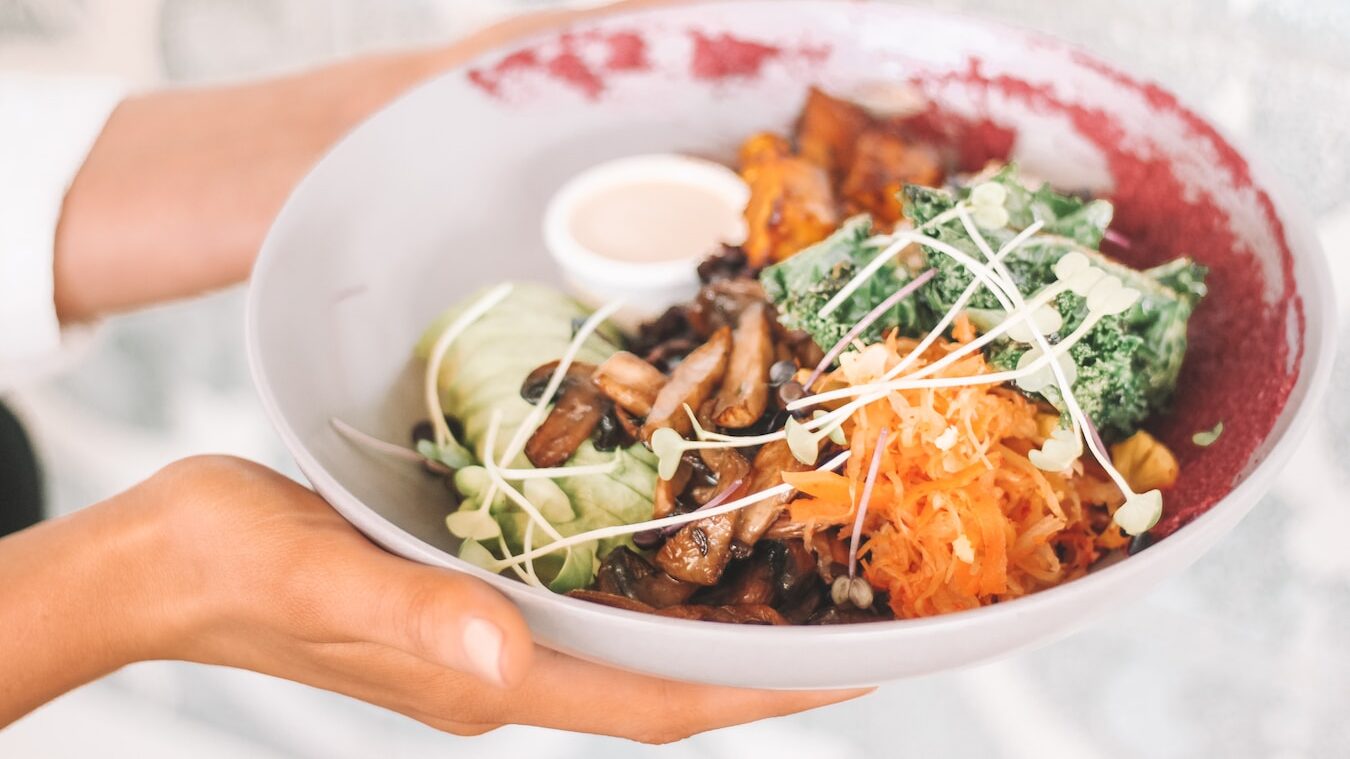
Context and Narrative
To add depth to your food photography, include elements that tell a story about the food’s origin, preparation, or cultural significance. This creates an emotional connection with your audience, inviting them to imagine the culinary journey behind the dish.
People and Interactions
Moreover, including hands holding the dish or people joyfully savouring the meal adds a human touch to your food photography. This technique evokes emotions and makes the viewer feel more engaged with the experience. People in great moods can help photography a lot.
Editing and Enhancements
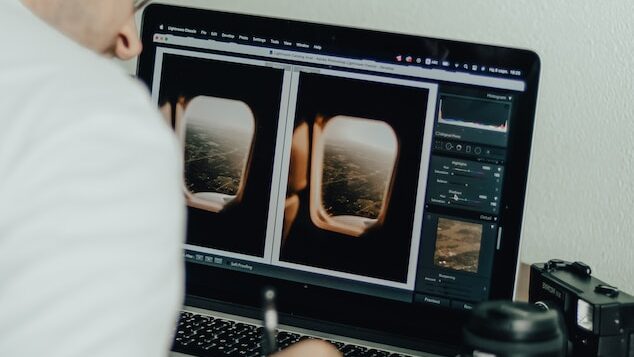
Minimal Adjustments
To enhance the natural beauty of the food, make subtle adjustments to brightness, contrast, and colour balance. By keeping edits minimal, you ensure that the dish looks authentic and appealing.
Avoid Over-Editing
Resist the temptation to apply excessive filters or edits that may alter the true appearance of the dish. Authenticity is key in food photography, and viewers appreciate natural-looking images.
Showcase Diversity in Cuisine
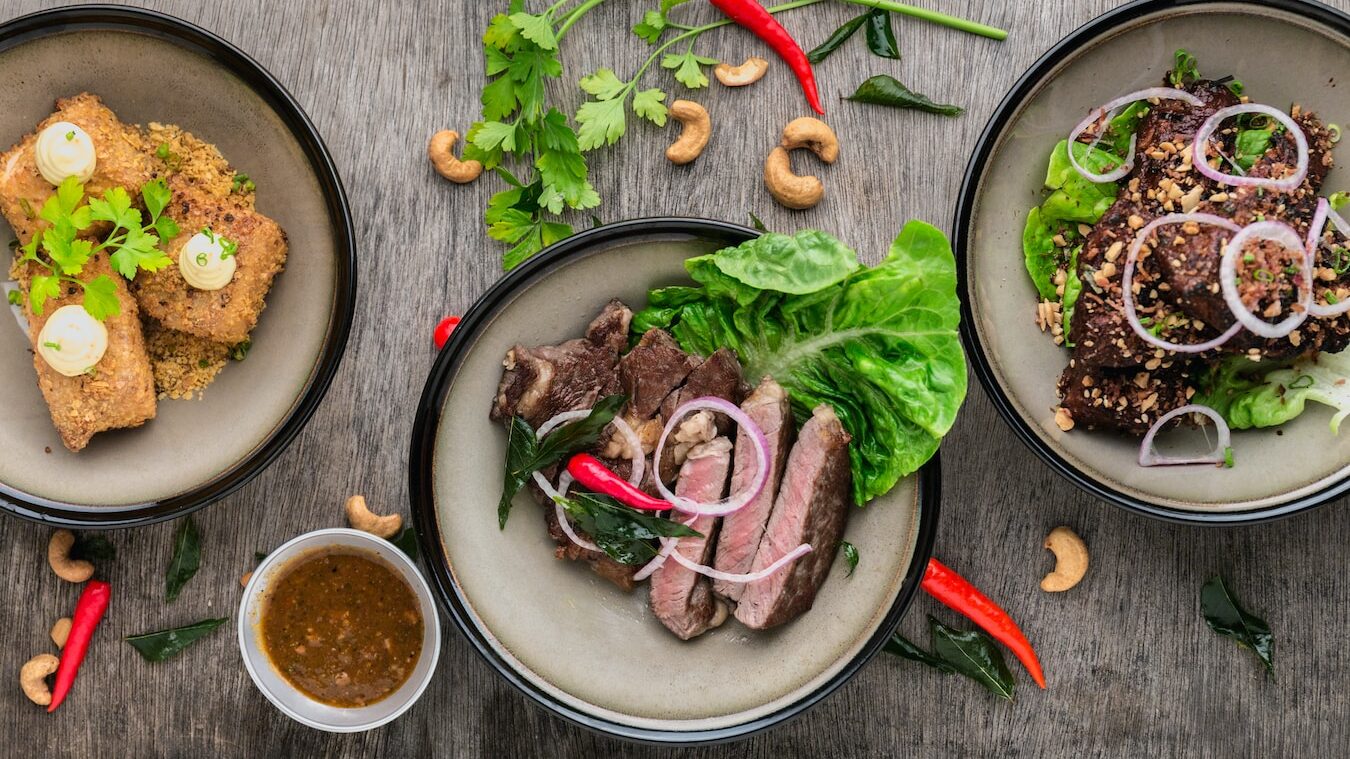
International Flavors
In your food photography, explore various cuisines and culinary delights from around the world. Highlight unique ingredients, traditional cooking techniques, and cultural significance to appeal to a diverse audience.
Fusion Creations
Experiment with fusion dishes that combine different culinary traditions, resulting in visually stunning and innovative food compositions. Let your creativity flow as you craft fusion masterpieces.
Conclusion
With these food photography tips in your arsenal, you can elevate your culinary visuals and create a feast for the eyes. Remember, practice is essential, and each dish presents a new opportunity to unleash your creativity. So grab your camera, explore diverse cuisines, and let your passion for food photography shine through every captivating shot.







